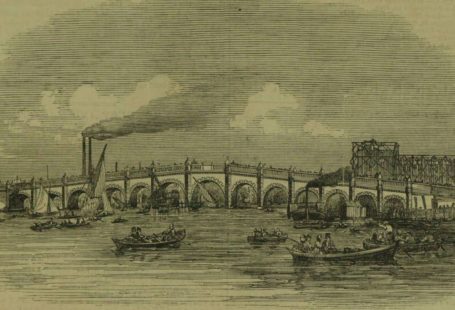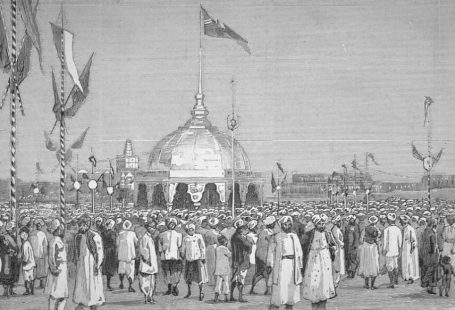Michelle Higgs, author of A Visitor’s Guide to Victorian  England, has uncovered lots of fascinating stories by searching our historical newspapers.
England, has uncovered lots of fascinating stories by searching our historical newspapers.
She got in touch to tell us about Lady Florence Harberton and her fight for Victorian women’s freedom to wear practical clothing.
**************
It might surprise you to know that until the 1870s, it was rare to see unaccompanied middle or upper-class women walking in the streets. This was because they ran the risk of being mistaken for prostitutes, so Britain’s towns and cities were a no-go area for the respectable.
 Gradually, the look of the streets changed and by the 1880s and 1890s, it was far more common to see unmarried women and girls shopping or eating out, using omnibuses and trains, or taking part in the new craze of cycling.
Gradually, the look of the streets changed and by the 1880s and 1890s, it was far more common to see unmarried women and girls shopping or eating out, using omnibuses and trains, or taking part in the new craze of cycling.
Victorian women and the bicycle
Bicycles helped to cement and extend women’s new-found freedom. Their clothing, made up of cumbersome long skirts and tight corsets, was however completely impractical for cycling.
The Rational Dress Society, founded in 1881, campaigned against tightly-fitted corsets, high-heeled or narrow-toed boots and shoes, and heavily weighted skirts which rendered healthy exercise almost impossible.
Victorian ‘Rational’ dress for cycling
The Society advocated divided skirts as a more practical form of clothing, but its President and co-founder, Lady Florence Harberton, went further.
When cycling, she wore full ‘Rational’ dress, which was a shorter skirt worn over voluminous trousers (‘knickerbockers’).
It was not widely adopted because of the ridicule the wearer had to endure from the public. Female cyclists frequently chose to wear divided skirts or shorter skirts with breeches underneath instead.
Birmingham Daily Post – Friday 27 May 1881
Image © THE BRITISH LIBRARY BOARD. ALL RIGHTS RESERVED.
Lady Florence Harberton and the Rationals scandal
In 1899, Lady Harberton brought a court case against a hotel landlady after she was refused entry to the public coffee room because she was wearing her ‘Rationals’.
According to the Liverpool Mercury, the landlady ‘thought it was best in the interests of the good order in her house that ladies wearing rational costumes should not be admitted into the public room, which would be crowded with men of all sorts, some of whom would make jokes at the expense of the lady as to the size of her ankle’.
Pall Mall Gazette – Wednesday 05 April 1899
Image © THE BRITISH LIBRARY BOARD. ALL RIGHTS RESERVED.
In the end, the case was dismissed. In his book BBC Scrap-Books Volume 1 1896-1914, Leslie Baily states that following the court case, Lady Harberton commented:
‘I admit that it is probably certain that women will never ordinarily wear knickerbockers. But mark this – short skirts for walking-wear will be a boon that ought to be easily attained, and once attained, cherished like Magna Carta in the British Constitution’.
How right she was!
Western Times – Friday 07 April 1899
Image © THE BRITISH LIBRARY BOARD. ALL RIGHTS RESERVED.
Lady Harberton’s obituary in the Evening Telegraph
Lady Florence Harberton died in 1911. She was remembered in her obituary as ‘the enthusiastic and undaunted advocate of dress reform’.
Evening Telegraph – Wednesday 03 May 1911
Image © D.C.Thomson & Co. Ltd. Image created courtesy of THE BRITISH LIBRARY BOARD.
**************
Michelle has written another blog for The British Newspaper Archive about her discoveries. Learn about the case of the poisonous Bath buns
You can buy a copy of A Visitor’s Guide to Victorian England by Michelle Higgs from Pen & Sword Books.










1 comments On Lady Harberton, cycling and the ‘Rationals’ scandal
Buen artículo.
Gracias por compartirlo!!